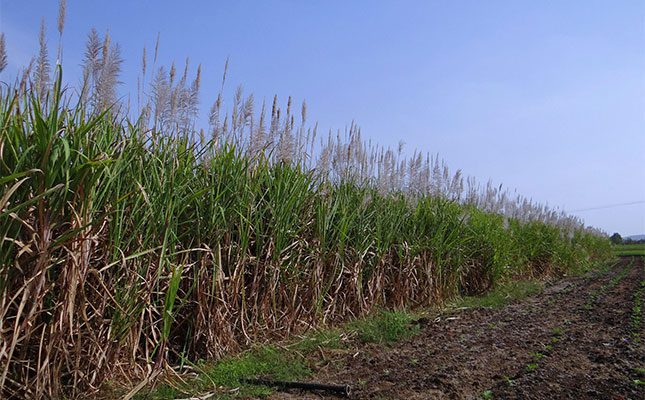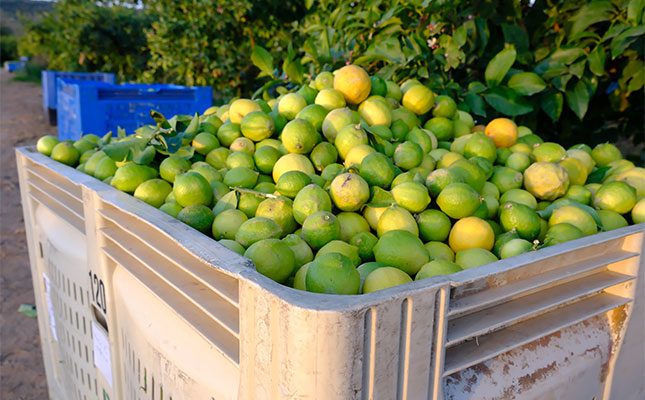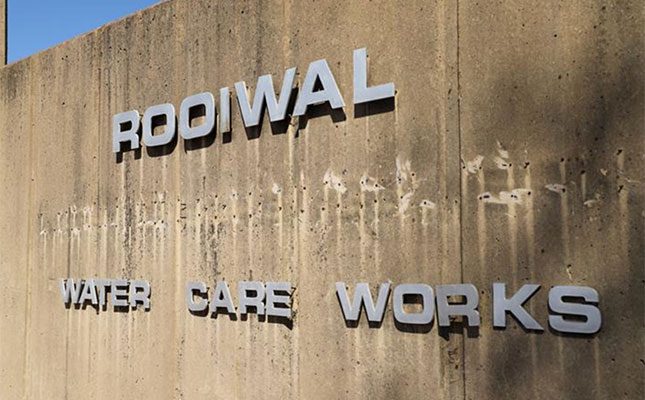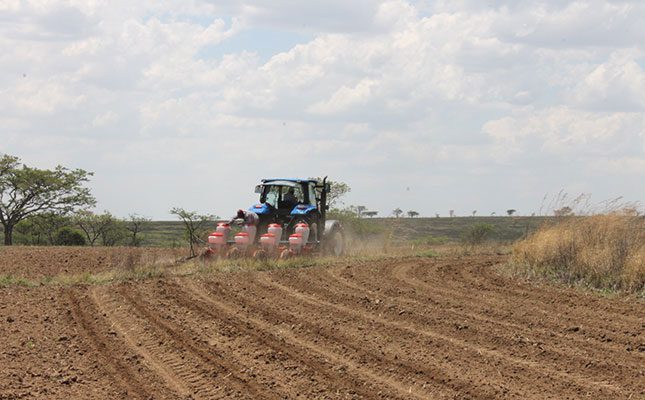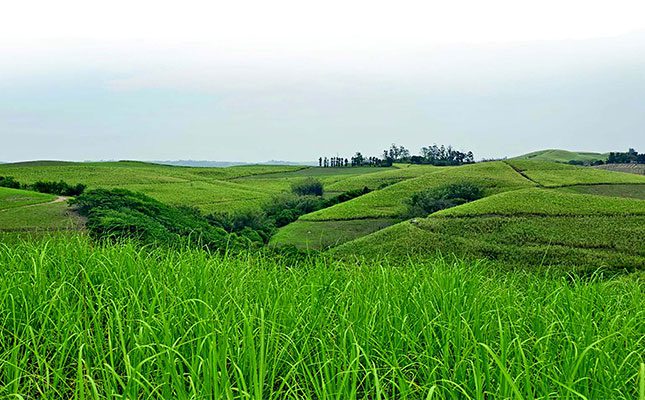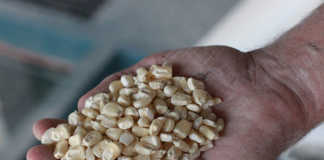
Photo: Facebook | KZN Department of Agriculture and Rural Development
A key requirement, as set out in the Animal Diseases Act (No. 35 of 1984), is the hot branding of vaccinated animals with the letter ‘F’ on their necks – a visible marker confirming their inoculation.
READ Foot-and-mouth disease outbreak confirmed on Free State commercial farm
According to Minister of Agriculture John Steenhuisen, branding must occur immediately following vaccination.
“This practice is stipulated under the Animal Diseases Act, which mandates that animals vaccinated against FMD be branded. This branding serves as a visual identification of vaccinated animals, aiding in the management and control of FMD outbreaks,” he said in a statement.
Why identification is important
Identification is vital, as vaccinated animals may test false positive for the virus. Without proper branding to confirm their vaccination status, such results could trigger unnecessary and damaging quarantine measures, potentially harming South Africa’s red meat trade.
FMD is a state-controlled disease, and government is compelled to intervene in reported cases.
Status of vaccine roll-out
As part of the current FMD outbreak response, veterinary teams have been deployed to affected zones to administer the imported trivalent FMD vaccine.
“State veterinarians are the sole authorised administrators of the vaccine and are tasked with ensuring compliance, including proper branding,” the Department of Agriculture (the department) confirmed in writing to Farmer’s Weekly.
It added that the remaining doses would be redistributed to other priority areas.
Concerns over lapses in branding
However, concerns have emerged regarding lapses in branding. Speaking to Farmer’s Weekly, Dr Ariena Shepherd, veterinary surgeon and head of the KwaZulu-Natal Animal Health Forum, stressed that branding wasn’t optional.
“Legislation mandates that only state animal health authorities may manage FMD in South Africa. It is not up to farmers or vets; only the state. The state is also legally mandated to mark every animal it vaccinates against this disease, with a clearly visible ‘F’ on its neck,” she said.
READ Hot or cold branding: both demand good technique
Shepherd warned that in many cases, animals were not being branded, leaving gaps in disease tracking and response.
“These unbranded animals can cause a range of unnecessary added complications in a situation where economically devastating FMD is already increasingly out of control,” she added.
She explained that the current vaccine made it extremely difficult to differentiate antibodies from infection from those produced by vaccination.
“Random surveillance testing of unbranded animals that were vaccinated but later moved illegally could result in positive tests being misinterpreted as infection. This could trigger quarantines in FMD-free zones, with severe economic fallout for livestock farmers,” Shepherd explained.
She added that intimidation, lack of workforce, and fear of economic isolation were hampering branding efforts.
“Ignorance and intimidation are causing the disease to spread. The state’s measures to stop livestock movement from disease management areas are not working. A genuinely infected or unbranded vaccinated animal could be moved illegally and cause serious problems.”
Furthermore, Shepherd highlighted that many vaccinated animals couldn’t be slaughtered due to a lack of legal market access, which discouraged farmers from branding them.
“The state must soon make it possible for the animals to be slaughtered, which will help create market access. Then people won’t be so afraid to brand their animals,” she said.
The Red Meat Producers’ Organisation, in a press release, has also urged producers to report any cases of vaccinated cattle not being branded, as failure to follow this regulation would put the entire industry at risk.
The department has called on all stakeholders – including farmers, transporters, abattoirs, and veterinarians – to remain vigilant and uphold all FMD regulations, particularly during this early phase of the national vaccination drive.

